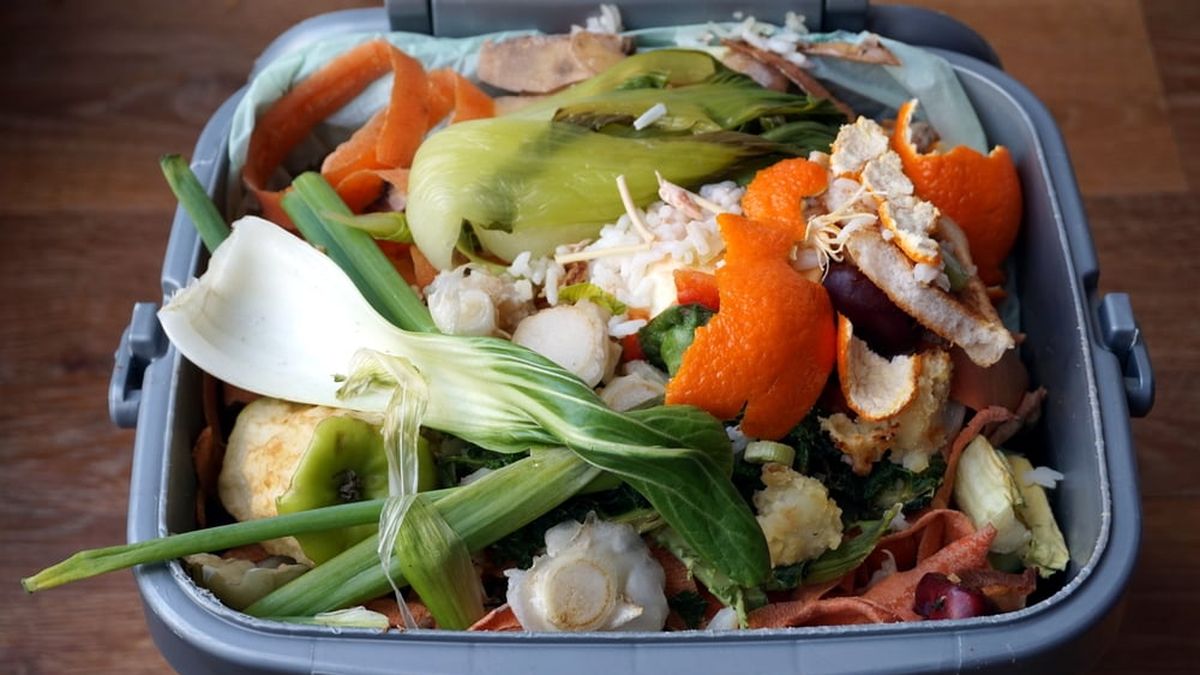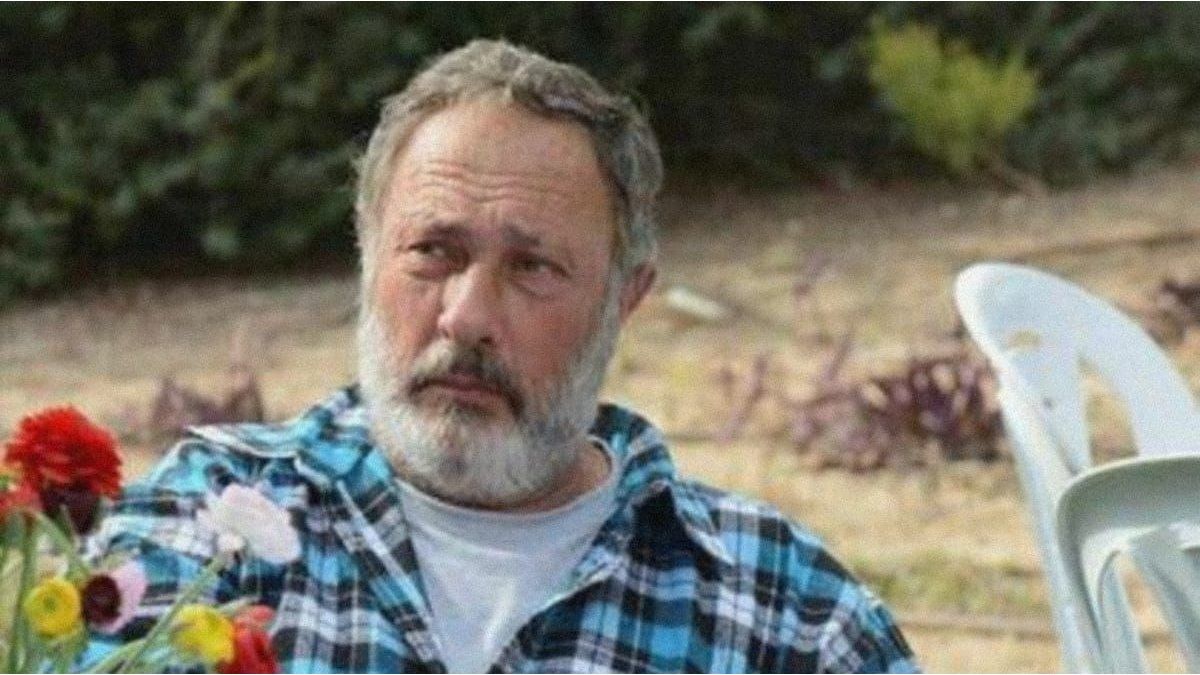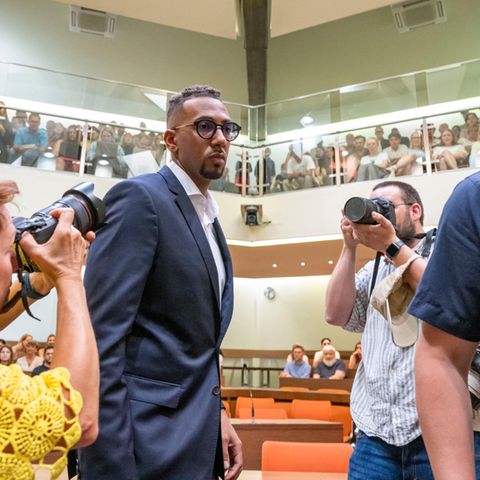Much is said (and written) about caring for the environment and the sustainability of our planet in terms of natural resources, food, energy, etc. Now, Are we really aware of what we throw away and how we do it? Could we do something more in our region? A look at successful food waste management experiences in other latitudes, such as the city of Shanghai in China today, may provide perspective for cities such as Buenos Aires, Cali or Montevideo. The challenge: garbage that is also food.
Shanghai experience, “city without waste”
Faced with a similar panorama, Shanghai decided in 2019 that nothing What could become a resource would end up being discarded. In this sense, the municipal government imposed the mandatory classification of waste into four fractions – wet, dry, dangerous and others -, installed sensors in containers, distributed QR codes to trace each bag and deployed an army of volunteers, especially retirees, to explain and control the separation in residential complexes.
In waste, why look towards China from Latin America?
The Shanghai experience is far from perfect. But it offers a specific menu of measures that already work on a metropolitan scale. For Latin American cities, where informality, tight budgets and an evident technological gap coexist, the Chinese example is a useful mirror to discover which pieces can be adapted and which require redesign.
-
Separate from source, not on truck
The biggest change that Shanghai proposed to its citizens – and the easiest to copy – is that sorting occurs in the kitchen. Separate at origin It prevents organic waste from mixing with plastics or glass and makes composting or anaerobic digestion viable. In Latin America, this step is usually postponed: most municipalities entrust the separation to large plants that operate after harvesting. Result: organic waste becomes contaminated and ends up buried.
A gradual strategy suggested by IDB specialists would be to start with the large generators – supermarkets, restaurants, markets – and then move towards schools, hospitals and homes, supported by environmental education campaigns and increasing goals.
-
Low-cost but well thought-out technology
Shanghai uses container fill sensors, apps that rate neighbors, and blockchain to track the journey of each bag. None of this is futuristic or prohibitively expensive: the region itself already has embryonic experiences in the same direction. In Buenos Aires, cardboard cooperatives manage differentiated collection with geolocation; In Santa Fe there are municipal composters and vermiculture activities; In Ecuador and Mexico, applications such as ReciVeci or Ecolana bring neighbors and recyclers closer.
The key is think locallyadd data to improve truck routes and, above all, open information to citizens. Transparency creates trust and attracts will.
-
Active citizens who are protagonists, not passive spectators
None of this prospers without people convinced of the benefits. In China, and specifically in Shanghai, the “Clean Plate” campaign combines waste reduction in restaurants, school education, institutional events, homes and, of course, a system of rewards and punishments. Latin America has powerful social capital in its networks of recyclers, cooperatives and self-managed neighbors. Including them – instead of displacing them – is a condition for success.
The city of Buenos Aires shows a possible path: more than 5,000 urban recyclers work in 12 cooperatives that charge per ton and offer traceability of materials. The next step would be to incorporate the organic fraction and remunerate the compost or biogas they generate.
Obstacles with a local accent
The region presents known barriers to the suggested ideas: political instability, limited budgets, overlapping powers between municipalities, provinces and the nation. To overcome them, experts recommend pilot plans in medium-sized cities with environmental experience (Rosario, Godoy Cruz, LaPlata, Montevideo, Cali, Medellín); urban laboratories where you can test separation at source, smart containers or tax credit for companies that donate food.
Another relevant obstacle is the infrastructure. Bad roads and obsolete equipment complicate the transportation of organic waste. An eventual solution would be to opt for decentralized treatment plants, of medium cost and neighborhood scale, such as the municipal composters of SantaFe or the rural biodigesters already being built by the INTA (National Institute of Agricultural Technology).
A circle that closes with food and energy
Why is it worth the try? Because treated organic waste generates compost for urban gardens and biogas that replaces fossil gas. The circle is completed when food saved in markets or supermarkets reaches food banks and community kitchens. For Argentina, with 16 million tons of annual waste and increasingly impoverished sectors, this initiative is very worthwhile.
And the pocket?
All of this costs money, but it also saves money. Each ton of organic diverted from a landfill reduces methane emissions, avoids leachate and prolongs the useful life of landfills. That means less public spending in sanitation and less environmental liability. Furthermore, compost and biogas are marketable products; Apps generate valuable data and formal recoverers access better income.
The future that has already begun
ECLAC insists: the circular economy must go beyond recycling packaging and become regenerative urban paradigm. Shanghai, with all its contrasts, shows that a metropolis can go from burying food to converting it into fertilizer and energy, if it combines law, technology and cultural change.
Latin America, and within it, Argentina, do not start from scratch: they have cooperatives, food banks, emerging legal frameworks (the Yolanda Law, which establishes the obligation of training in environmental matters with an emphasis on sustainable development, circular economy and climate change at the three levels of the State) and cities that are already innovating. The challenge is to connect the dots, sustain policies beyond a political mandate and secure financing – public, private or mixed – to scale.
If thousands of trucks full of edible food enter the region’s landfills every day, the problem is not technical: it is a political and management decision. And that is where contemplating the Chinese experience can serve as an impulse: separate, trace, value and, above all, convince. Each of these actions responds to one or more of the “Rs” used in the circular economy: Recycle, Recover, Reuse, Redesign, Rethink, Reject, and even Responsible. Without them, there is no cycle that closes or city that advances.
And finally, it is no coincidence that every September 29, on the occasion of International Food Loss and Waste Awareness Day (FWD), international organizations remember the magnitude of the problem at a global level: 1.3 billion tons of food wasted each year, when with only 25% of that waste we could feed more than 735 million people who suffer from chronic hunger, so reducing these flows is one of the most direct actions to simultaneously confront food insecurity and the climate crisis.
(This article contains information from ECLAC, the Inter-American Development Bank and the National Secretariat of Agriculture, as well as data extracted from María Clara Gutiérrez’s thesis “Waste management in Smart Cities: the case of Shanghai”, UNTREF, 2025).
Gabriel is an analyst of International Economic Relations, Technology and Geopolitics. Director of ESPADE (Development Studies).
María Clara has a Master’s degree in Economics and Business with Asia Pacific and India, as well as an international consultant.
Source: Ambito
David William is a talented author who has made a name for himself in the world of writing. He is a professional author who writes on a wide range of topics, from general interest to opinion news. David is currently working as a writer at 24 hours worlds where he brings his unique perspective and in-depth research to his articles, making them both informative and engaging.




